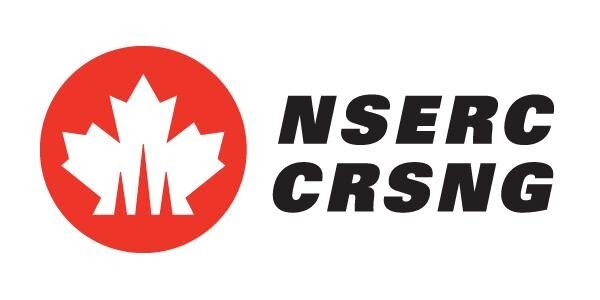Bug Blog #9: Snails AKA The Stomach Foot
Welcome back to our ninth edition of Bug Blogs, celebrating Science Odyssey by showcasing benthic macroinvertebrates (bugs!) that we often find during our local stream studies program, Changing Currents.
Snails or gastropods are the second most abundant group of species outmatched only by insects. Consisting of snails and slugs, there are over 60,000 different species of gastropods known to date, over 5000 of which are considered to be aquatic. Gastropod in Latin is broken down to mean stomach foot, hence the name of this Bug Blog entry.
Snails are a fan favorite when we find them in the field due to their tendency to cling to students’ fingers and sampling tools. This snail was found on May 3, 2017 and didn’t want to leave my hand!
Feeding and fed-on habits
Aquatic snails consist of a foot which the snail uses to move around the bottom of a body of water, a conveyor belt-like mouth called a radula and obviously, the shell which is a defensive mechanism to ward off predators. Snails mainly feed on algae scraped from the bottom and play an important role in the ecosystem as a nutrient recycler. Snails are also an important source of food for many different aquatic species.
When consumed, the snails shell is either crushed by larger predators or invaded by smaller predators. Despite being actively sought after as a food source, snails are not completely defenseless. Snails use a chemical compound in the water called calcium carbonate to make the hardest shell possible to defend from shell-crushing predators. As well, while known for being very slow movers, snails can actually move quite quickly by propelling itself along the water’s surface.
What do they mean?
Snails are a very important benthic when it comes to assessing water quality. While being very resistant to pollution with a tolerance level of 8, snails are very sensitive to pH, temperature and calcium carbonate levels. Snails do not tend to thrive in bodies of water which have inconsistent levels in these areas. Ponds and other aquatic environments which tend to freeze in the winter or dry up in the summer tend to see a lower snail population. As mentioned earlier, snails use calcium carbonate to make their shells, therefore having a high snail population indicates a higher calcium carbonate level.
Tomorrow is our last Bug Blog and it’s a good one, tackling the winged wonder known as the Caddisfly!
Bug Blog is EcoSpark’s blog series in celebration of Science Odyssey, a ten-day campaign celebrating Canadian achievements in Science, Technology, Engineering and Mathematics (STEM) with hundreds of science-based outreach events across Canada for all ages. Each day of Science Odyssey (May 12-21), we will be exploring a different Benthic Macroinvertebrate (BMI), small spineless organisms that live at the bottom of waterways. These are creatures we come across all the time in EcoSpark’s Changing Currents program, where we carry out stream studies with schools around the GTA by collecting BMIs to learn about local water quality.
EcoSpark's Bug Blogs would not be possible without the support from our generous sponsor, the Natural Sciences and Engineering Research Council of Canada (NSERC) PromoScience Program.



